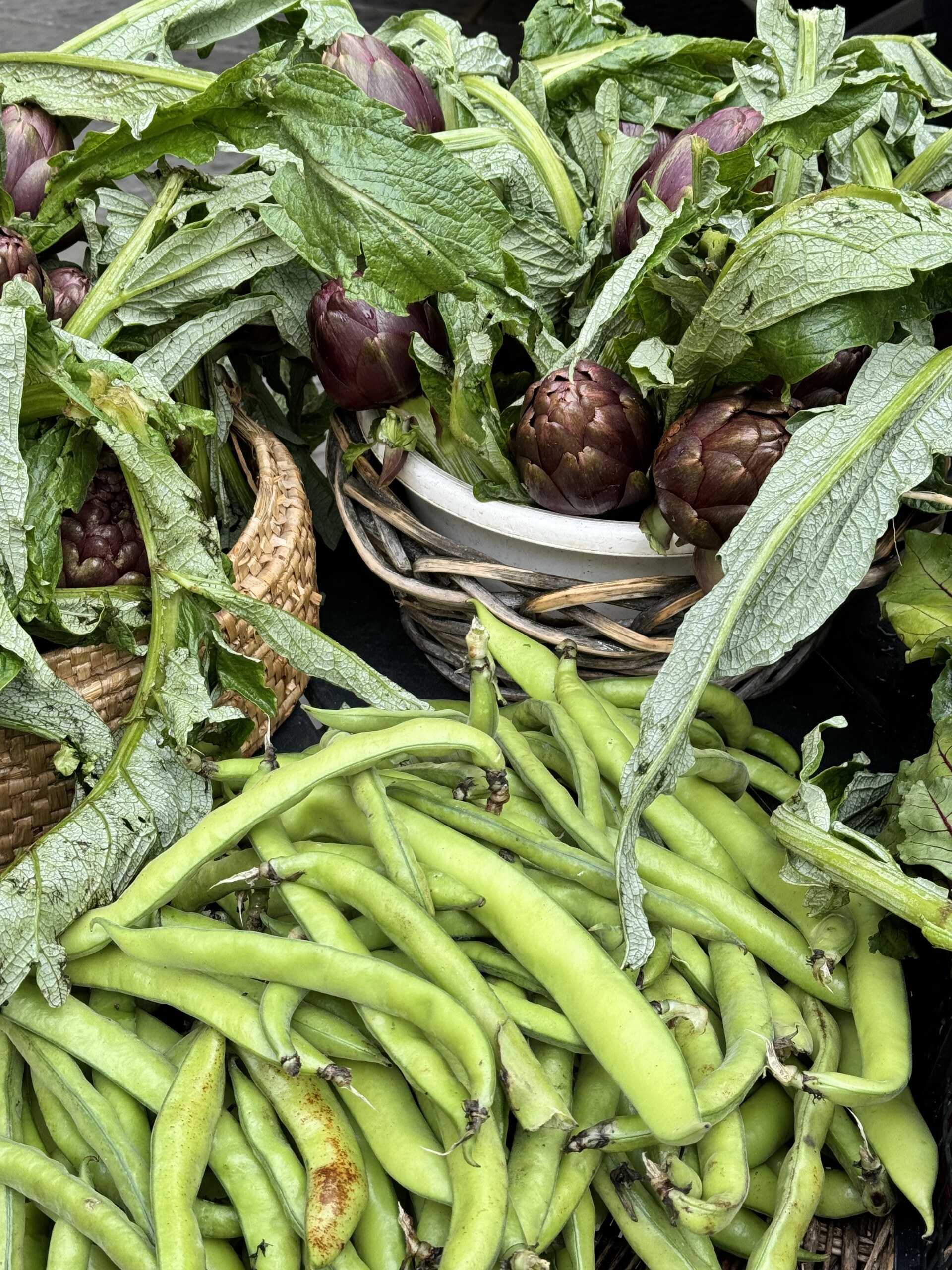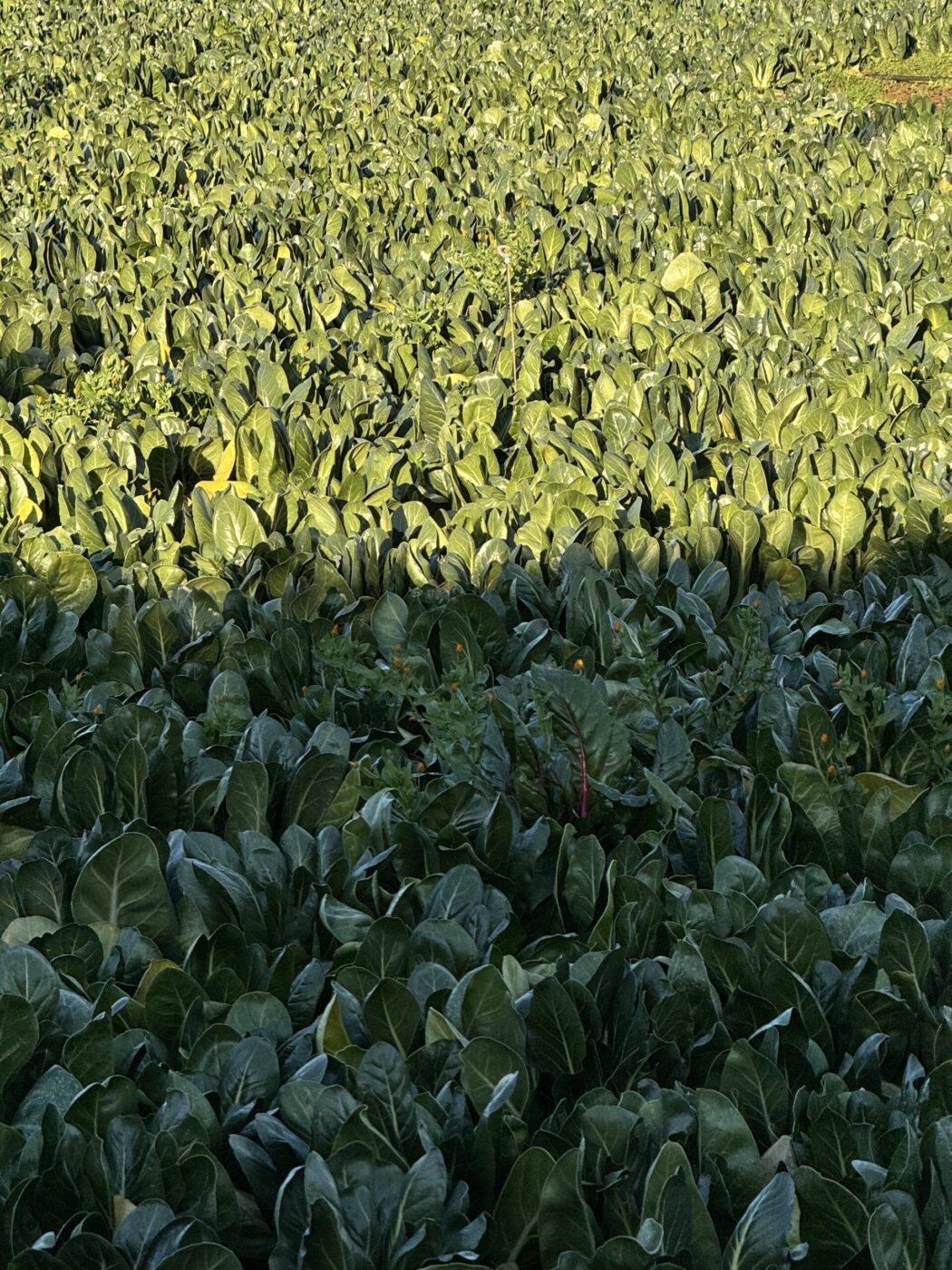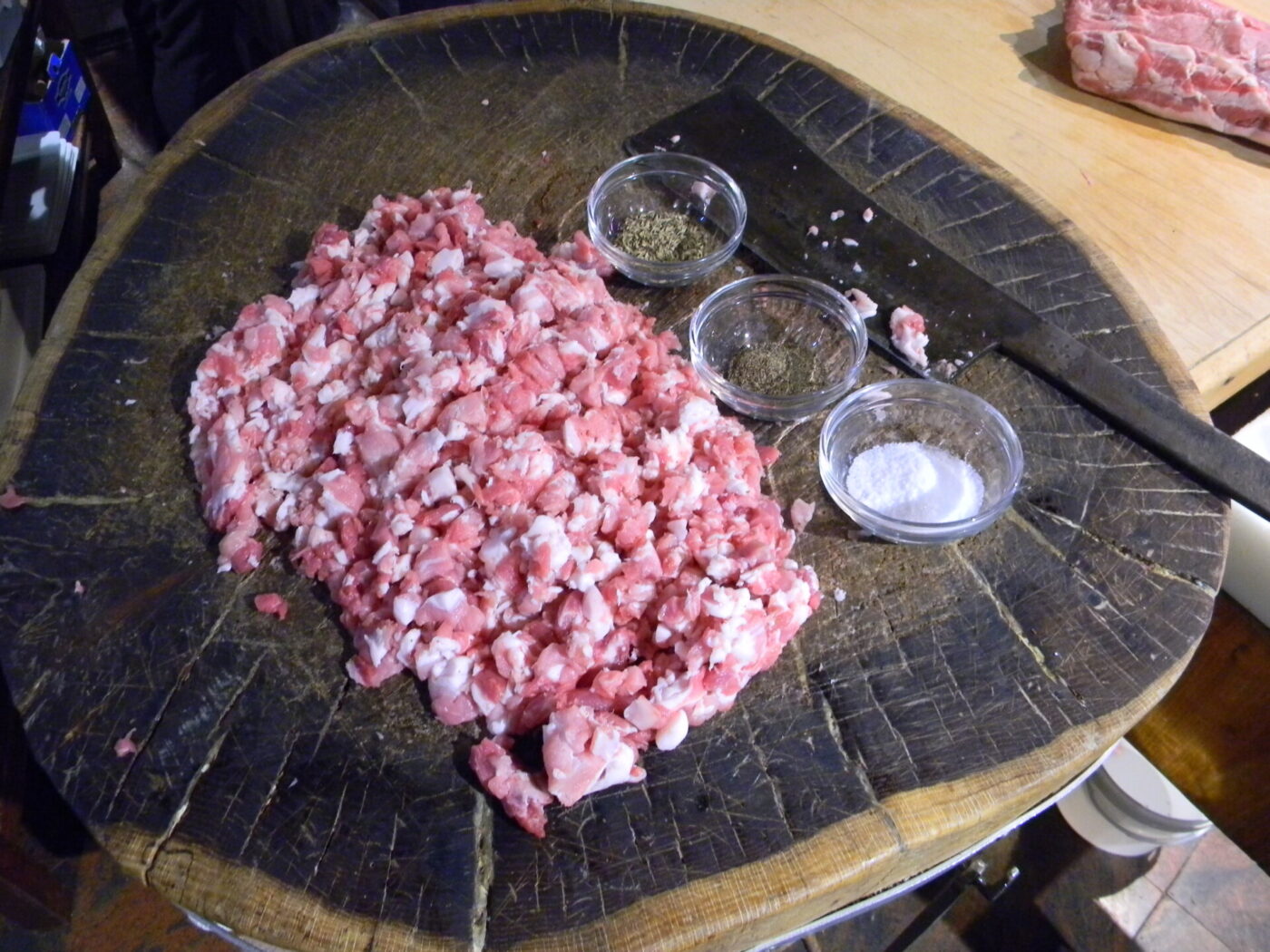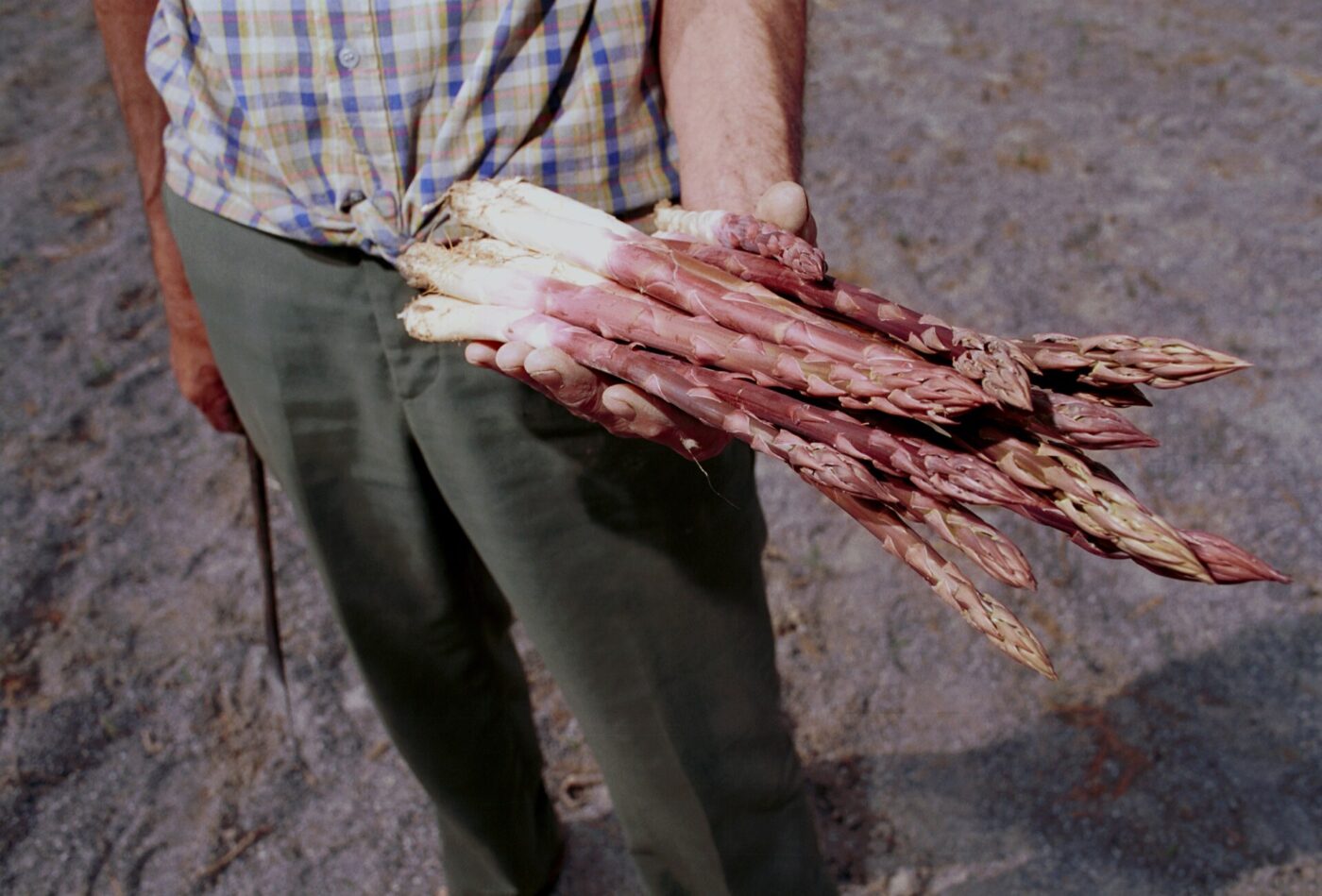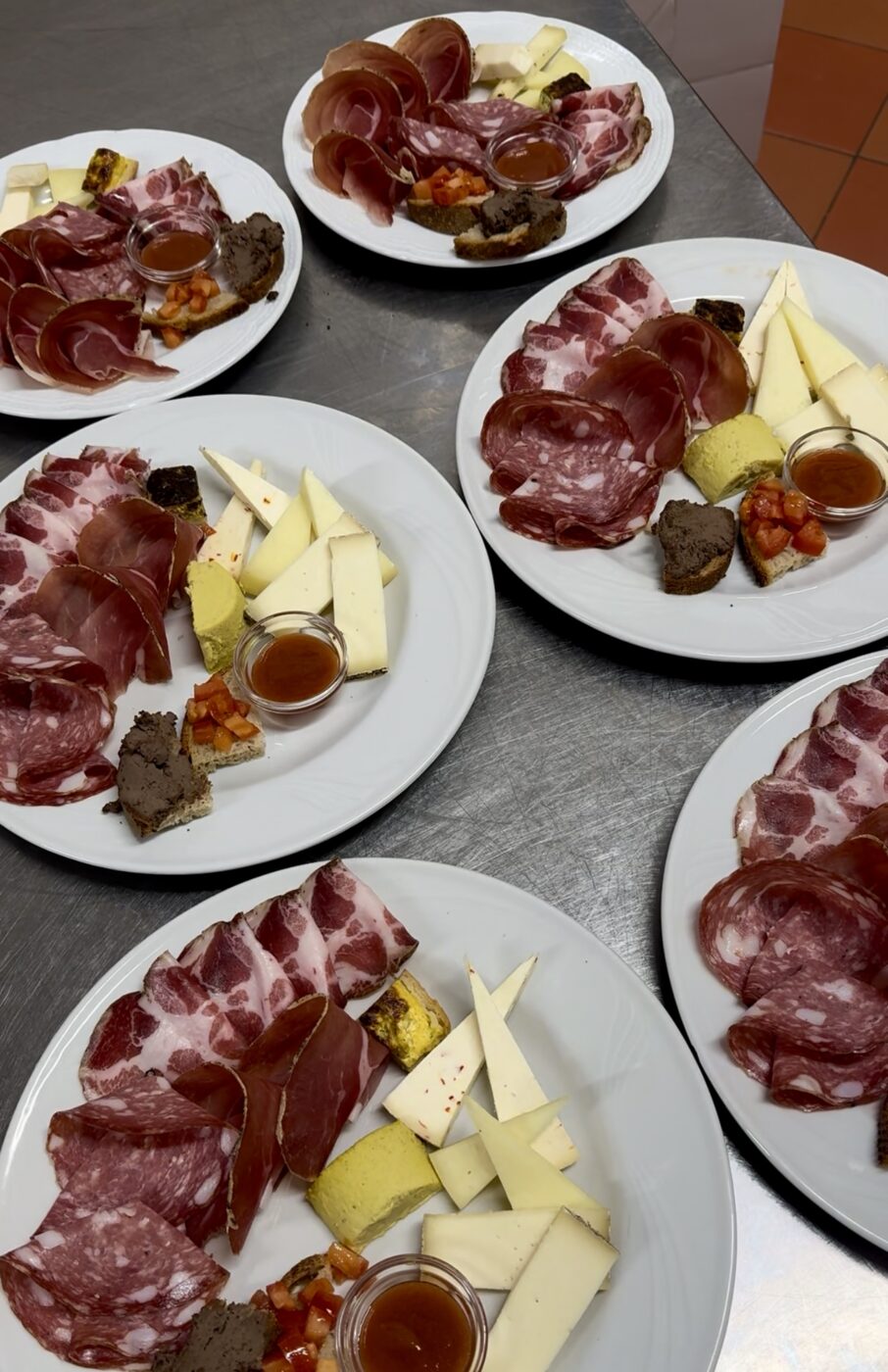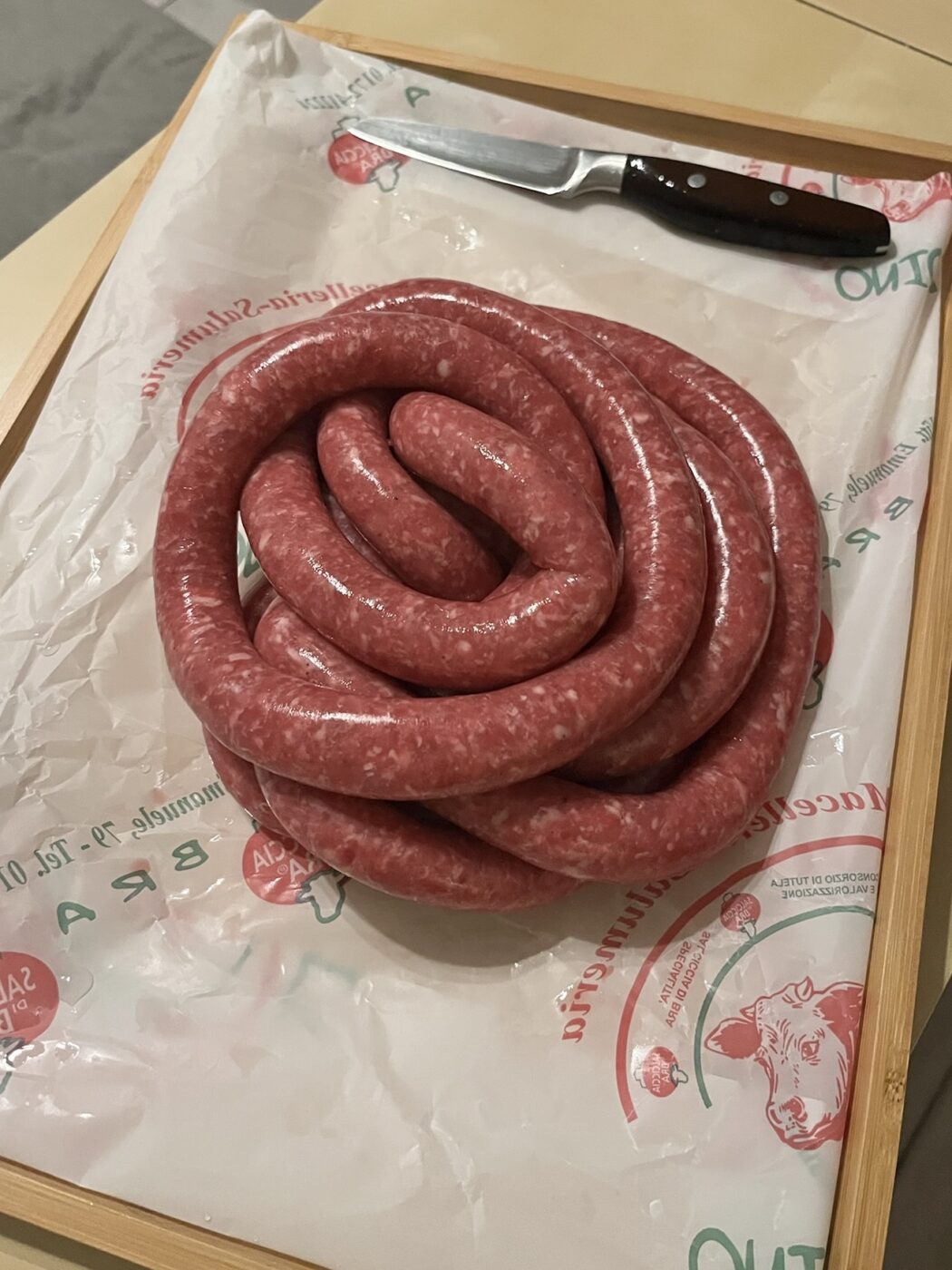These days, life moves fast—and our food traditions are struggling to keep up. The flavors that once tied us to places, people, and memories are getting harder to find, lost in a haze fueled by disconcertingly identical supermarket aisles, the lure of (packaged) convenience, and, as always, climate change. As these foods disappear from our tables, so do the stories they tell and the people they represent.
Around the world, people are fighting to keep these food traditions alive, to protect biodiversity, to make sure indigenous knowledge doesn’t get plowed over by the next overpriced protein bar or GMO apple. It’s no surprise that in a country with as rich a food history as Italy—but who is no less immune to climate changes, monocrops, and sugary products—there’s a local movement paving the way both locally and internationally. Slow Food was born in 1986 when one Piedmontese Carlo Petrini and a group of friends protested the opening of a McDonald’s at the Spanish Steps in Rome. Their idea was simple: say no to fast food (in all aspects of the phrase), and say yes to food that’s good, clean, and fair. Since then, Slow Food has grown into a network working with farmers, cooks, and communities the world over and even established a university. Among its most robust achievements is the Ark of Taste.
Part catalog, part call to action, the Ark of Taste initiative aims to save foods at risk of extinction. But rather than just preserving the names of what once was, the Ark’s goal is to re-center these products—and the people who grow, make, and live by them—in the forefront of the country’s culinary heritage and cuisine. Its mission began in 1996 at the first-ever Salone del Gusto in Turin, a global gathering of small-scale food producers, with the idea of collecting and creating a kind of Noah’s Ark for foods: everything from rare fruits and ancient grains to cheeses, breads, heritage animal breeds, and sweets.
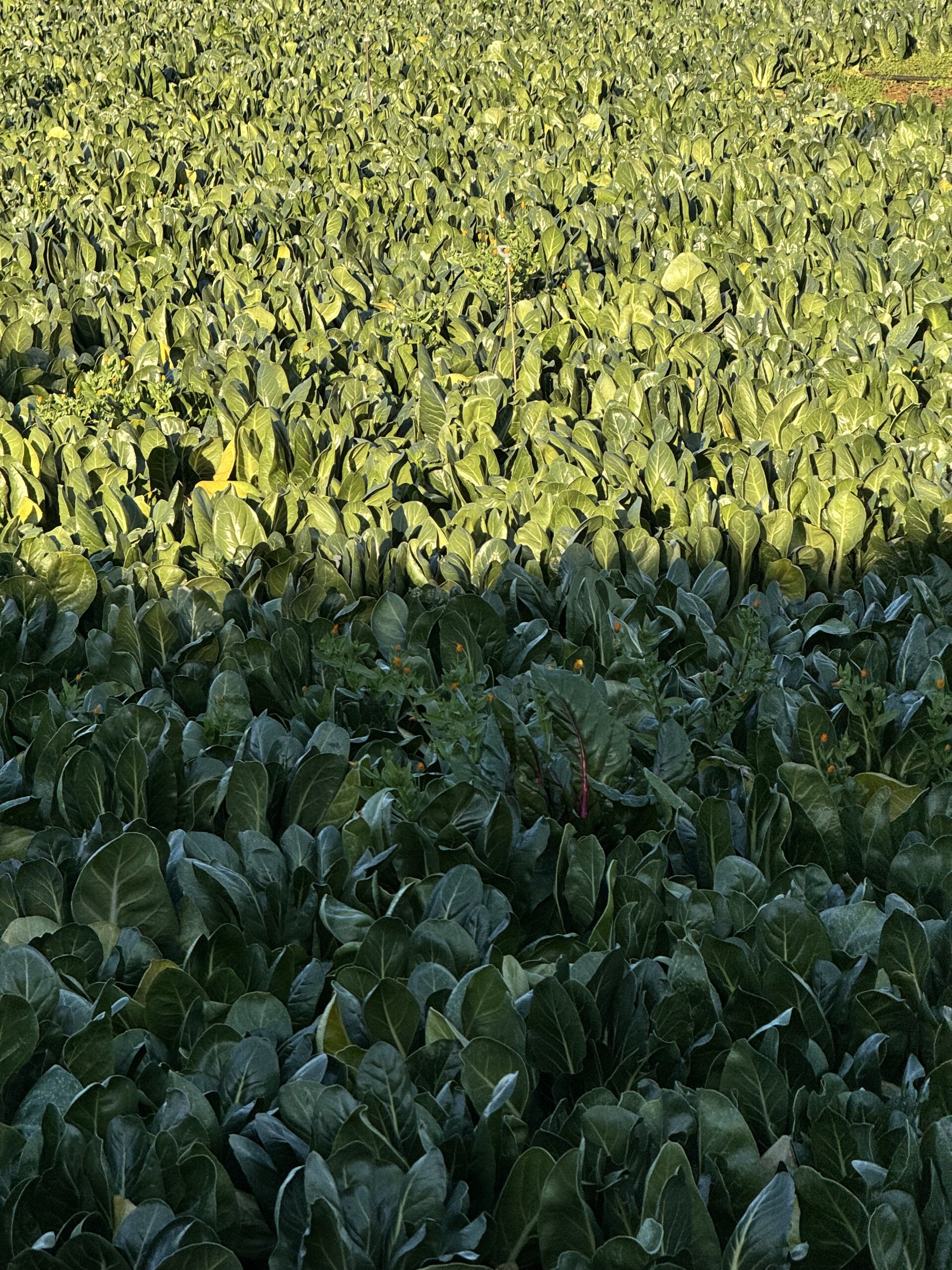
Today, the Ark lists over 6,000 products from more than 150 countries, selected not just for their flavor, but for their deep ties to place and tradition. Each must be produced in small quantities and face the risk of disappearing—whether due to lost knowledge, fragile ecosystems, or economic change. There’s no rigid checklist; anyone—farmers, communities, individuals—can nominate a product, so long as they tell its story.
I spoke with Abdullah Faiz, the Network Coordinator for the Ark of Taste, Global South, about the Ark’s role and future. “When a plant, animal, or traditional food that is deeply intertwined with life and culture is on the brink of extinction and obscurity, simply recognizing it and raising awareness of its endangered situation can inspire action to protect it,” he told me. “We got reports from the furthest corners of Italy that raw materials were disappearing. It wasn’t possible to continue cooking certain dishes or making traditional cured meats, cheeses, and more,” he continued. “New farming methods and market pressures made it almost impossible to keep producing them.”
This is where the Ark comes in. While famous DOP products—a different legal designation from the EU that focuses on guaranteeing authenticity—like Parmigiano Reggiano, Aceto Balsamico di Modena, and Prosciutto di Parma enjoy worldwide fame and protection, the Ark is more about saving the foods that might otherwise be forgotten before they’re ever celebrated. “Today, 1,206 Italian products have been recognized,” Faiz proudly shared. Among these 1,206 are some names you might know—but many you likely won’t.
Here, 10 of these lesser-known regional treasures to look for, to help keep them on the tables—and just because they’re worth the bites.
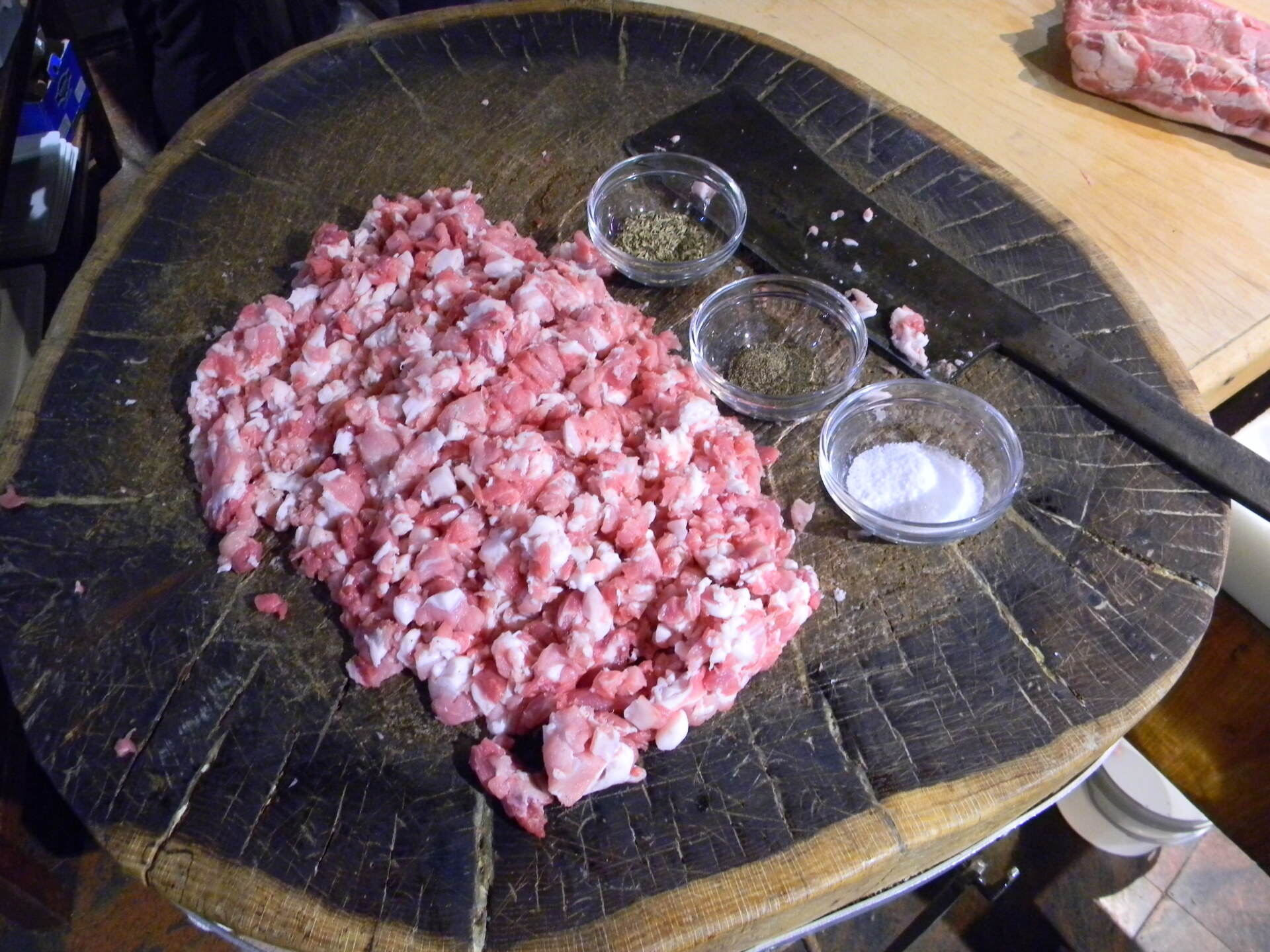
"Al Ceppo" Sausage of Linguaglossa; Photo courtesy of Slow Food Ark of Taste
“Al Ceppo” Sausage of Linguaglossa
Sicily
From Linguaglossa, on the slopes of Mount Etna, this sausage is chopped on a dry oak trunk (ceppo), an age-old technique that enhances its texture. Made from a mix of thigh cuts, pancetta, guanciale, lard, and capocollo, the meat is finely minced with a partiture (a local knife), kneaded by hand, and seasoned with salt, black pepper, and wild fennel from Mount Etna. Some butchers add flair with spring onions, semi-dried tomatoes, or provola.
Aged Asiago
Veneto
Produced in the mountain dairies of the Sette Comuni plateau in Veneto, this cheese carries notes of ripe fruit and musk. But despite its rich flavor, only a few of the region’s 70 dairies still make it. A key reason? To earn the coveted “stravecchio” or aged label, Asiago must mature for at least 18 months, and many cheesemakers opt for quicker turnover for economic reasons.
Albenga Violet Asparagus
Liguria
Once popular in the 1930s, this Ligurian asparagus stands out for its deep purple tip, which fades into a creamy stalk. And no, its striking hue doesn’t come from cultivation techniques, but a unique genetic heritage. It’s packed with flavor, like all asparagus, but even more fun to eat and serve.
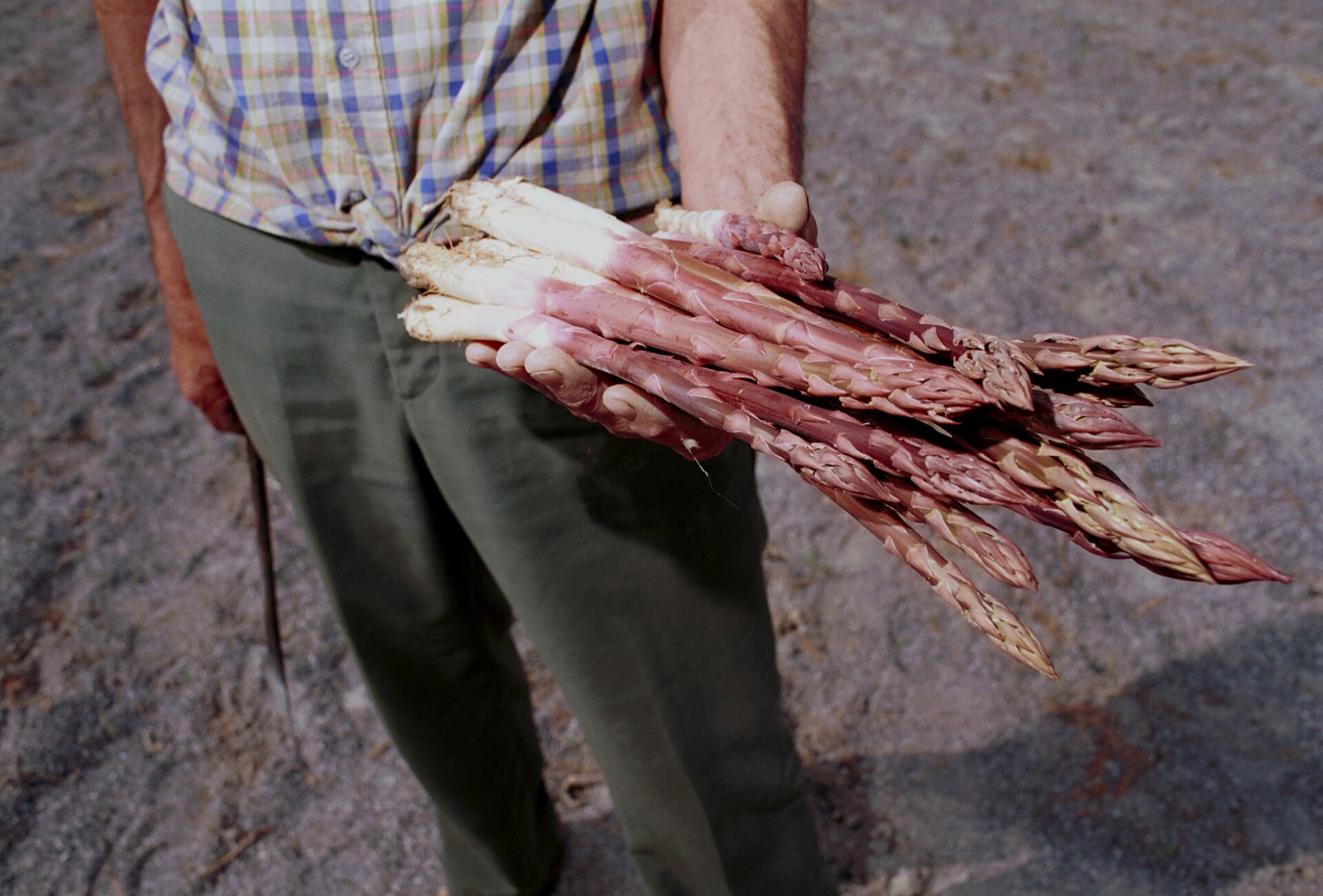
Albenga Violet Asparagus; Photo courtesy of Slow Food Ark of Taste
Culatello
Emilia-Romagna
One of Italy’s finest cured meats, culatello hails from Emilia-Romagna. Made from the pig’s hind leg’s large muscle, it’s traditionally handcrafted only in winter, wrapped in a wide-meshed string net, and aged without refrigeration, an increasingly rare practice in today’s times.
“Dell’Acqua” Onion of Santarcangelo
Emilia-Romagna
Big, yellow, and juicy, with the nickname zvòla da aqua (water onion), this early sweet onion once blossomed along the Marecchia River’s ditches. Locals of Santarcangelo, often referred to as cipolloni (big onions), would sun-dry their harvest for a month, then move it to cool cellars. There, the onions were tied into braids called reste and stored until November 11th, when the Saint Martin’s Day Fair brought them back into the spotlight. Excellent raw in a piadina or caramelized into sweet-savory dishes, the onion nearly disappeared post-1940s, but it’s alive today thanks to a few dedicated farmers.
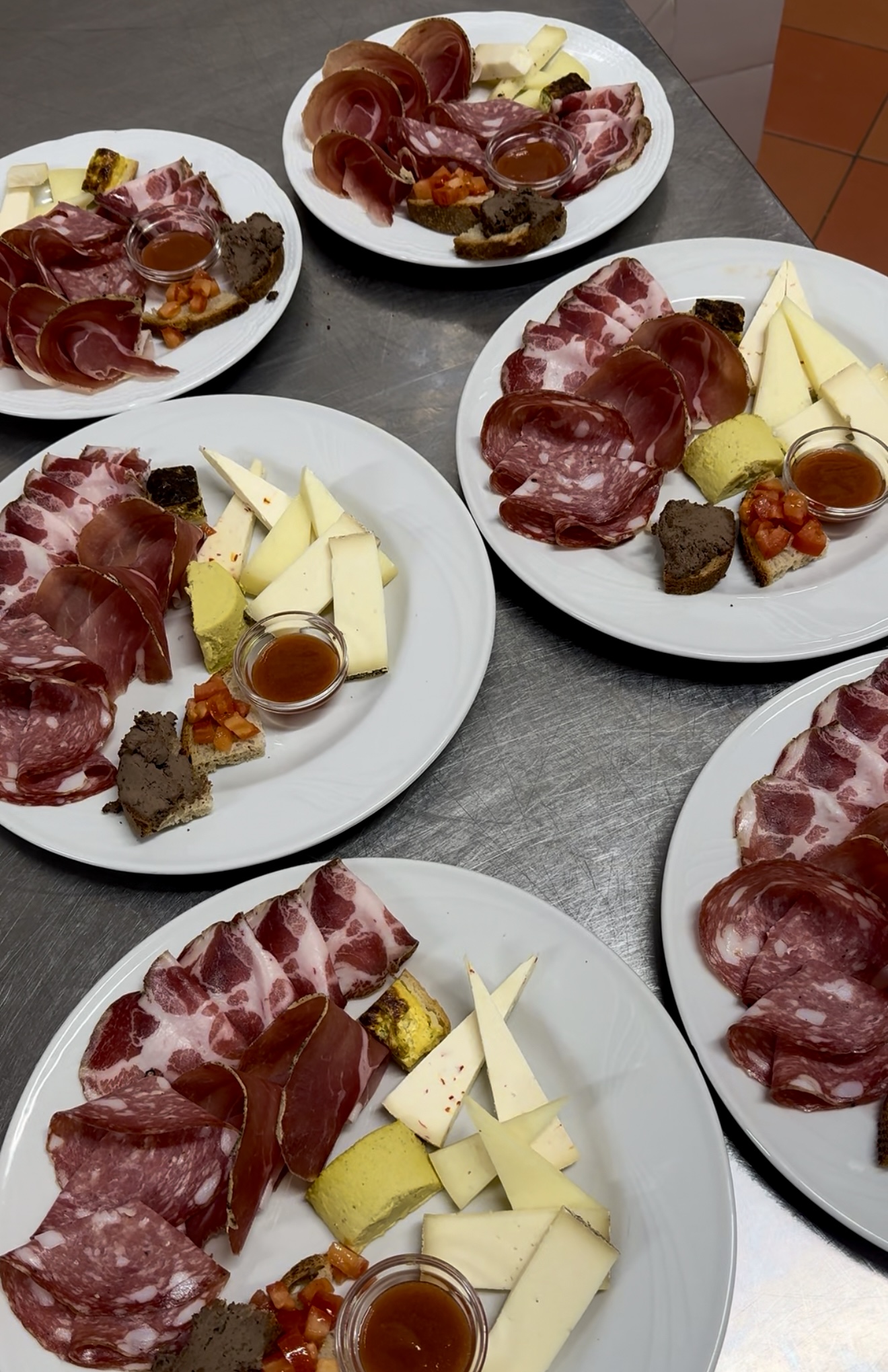
A selection of regional salumi: capocollo, salme, and culatello
Salsiccia di Bra
Piedmont
Hailing from Carlo Petrini’s hometown of Bra in the Langhe hills, this silky, savory sausage is made with 70–80% lean veal and just enough pork fat to keep things tender. It’s traditionally seasoned with cinnamon and Parmigiano, and made with the local razza bovina Piemontese cow. Legend says it was created by local butchers for the Jewish community of nearby Cherasco, who couldn’t eat pork. In the area, you’ll often find the sausage turned into a delightful ragù, served atop thin tajarin pasta.
Shëtridhlat
Basilicata
Resembling a tagliatelle, this fresh handmade pasta is from the Arbëreshë community, descendants of Albanian settlers in southern Italy. The dough is made of carosella flour (an ancient local wheat), semolina, hot water, and extra virgin olive oil and rolled out entirely by hand—no rolling pin or pasta machine. The local elderly women often gather together to make the pasta, singing and chatting while they knead the dough before serving it with the traditional legumes.
Vinigo Sweetheart Cabbage
Veneto
Tucked beneath the Belluno Dolomites, Vinigo’s mountain gardens grow this sweet crunchy cabbage. It’s often kissed by autumn frost before harvesting, which makes it even crunchier. Its slightly flattened head and tender inner stem make it perfect to consume raw in salads or fermented into capùze gàrbe or sauerkraut.
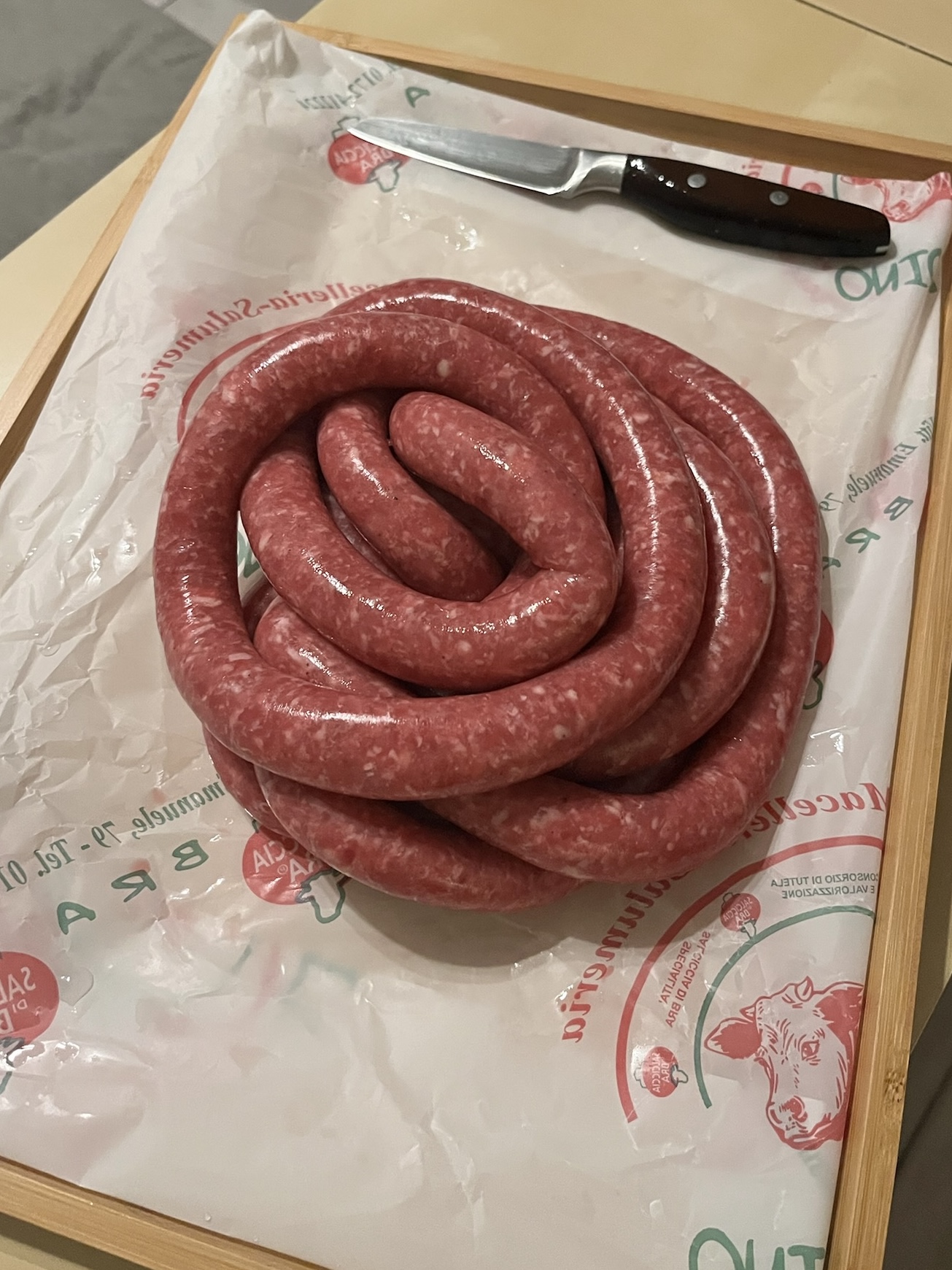
Salsiccia di Bra
Zollino Little Pea
Puglia
Grown in the inland region near Lecce, where the ancient Griko dialect (a variant of Greek) still lingers, this tiny yellow-green pea has been carefully preserved by local farmers for generations. Sown no earlier than December 8th and harvested in late May to early June, it’s farmed dry in soils to ensure an adequate water reserve, threshed, and sorted entirely by hand. Traditionally, the pea is cooked in earthenware pots with garlic, onions, celery, tomatoes, or served with a handmade pasta of durum wheat flour.
Zotolo (Sepiola rondeleti)
Veneto
Once dismissed as a “nobody” of the sea, the zotolo—a tiny, reddish-brown cuttlefish with curious, bulging eyes—has played a quiet role in Venetian kitchens for years. Found in the shallow, plant-rich waters of the lagoon, it stars in risottos, fried seafood, and pasta with a tomato or white sauce. Today, sadly, most zotolo are used as bait to catch larger, more impressive prey. Rarely served in restaurants and often mistaken for its cousins, the delicate, nutrient-rich cephalopod risks slipping from memory, taking a piece of Venice’s food story with it.
_________
Beyond the idea of recognition as preservation, some Ark products become part of the Slow Food Presidia, which goes one step further by focusing on the relationship with producers and organizing concrete initiatives to support them. In Italy, you’ll often see Presidia products highlighted on restaurant menus. This support extends beyond Italy’s borders, too. One global effort is Slow Food USA’s annual Plant a Seed kit, which invites people to grow Ark-listed varieties in their home and school gardens. The moral of the story is: if you want to protect what’s rare, start by noticing what’s at risk.
To find out more, visit the Ark of Taste’s website here.
